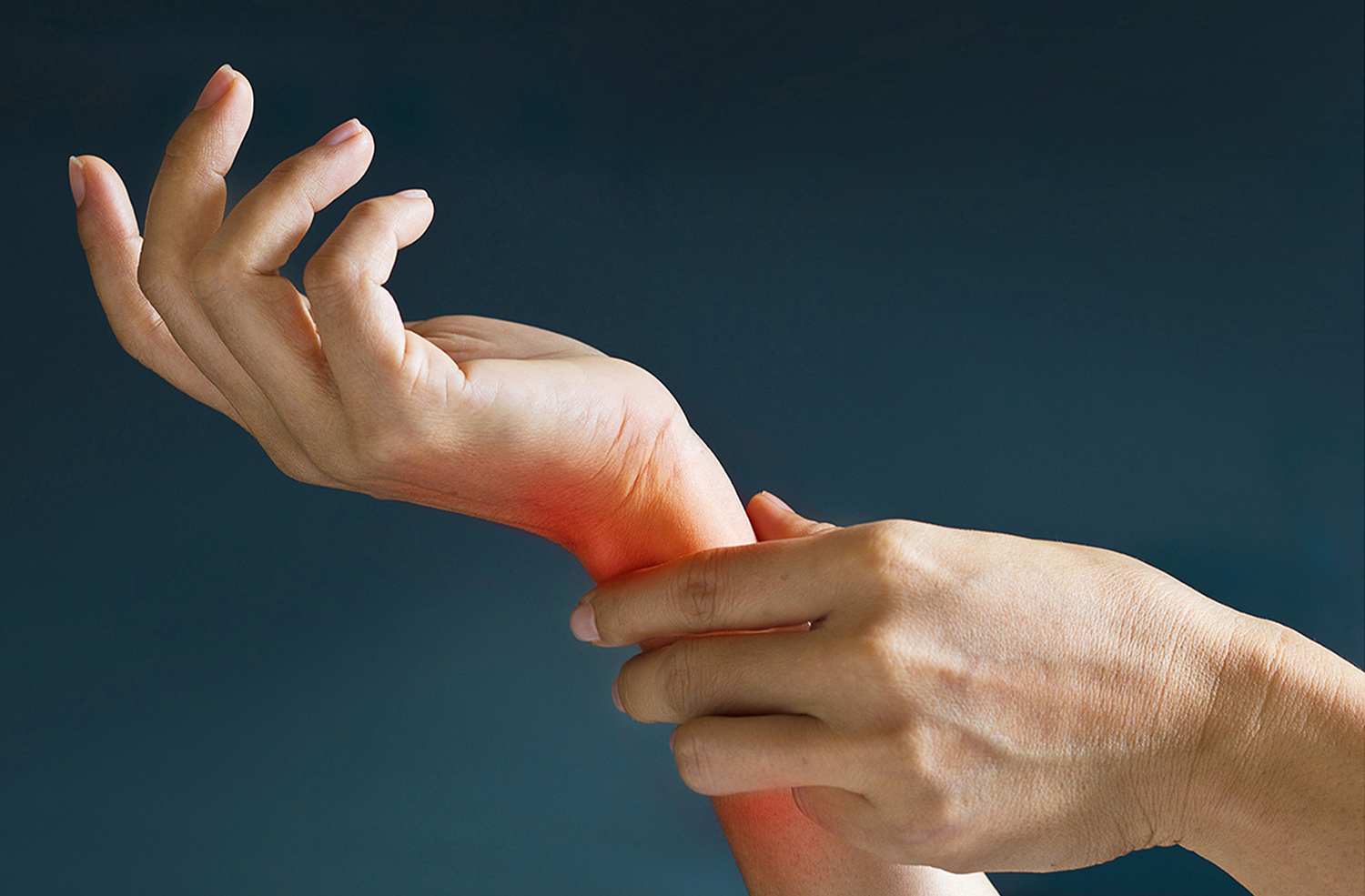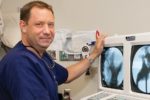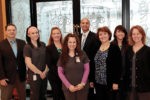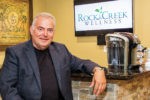Is Painful Diabetic Neuropathy Getting on Your Nerves?

For individuals suffering with painful diabetic neuropathy, high-frequency spinal cord stimulation may provide substantial pain relief and improved health-related quality of life.
Story by Ann Butenas | Sponsored Content
For patients dealing with diabetes, painful diabetic neuropathy (PDN) should definitely be on their radar. PDN is the result of irreversible nerve damage, and it affects about half of all individuals who have diabetes. Left untreated, PDN has the potential to lead to an infection and/or amputation of the area on the body that is affected.
Roughly 50% of individuals with diabetes have some type of nerve damage. It is more common in those who have had diabetes for many years and can lead to a wide range of health issues throughout life, greatly impacting the quality of one’s life.
What Exactly is Painful Diabetic Neuropathy?
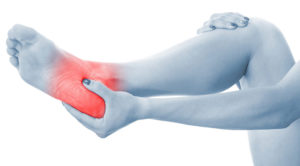 High blood sugar can injure the nerves in your body, and the nerves most commonly affected are in the legs and feet. People with diabetic neuropathy may feel numbness, tingling, and/or pain in the legs, feet, and hands. It can also affect the digestive system, the heart, blood vessels, and the urinary tract. Some individuals may only notice mild pain while others may experience significant pain that can be disabling. Diabetic neuropathy can be prevented, or its progress slowed down by consistently managing blood sugar and embracing a healthy lifestyle.
High blood sugar can injure the nerves in your body, and the nerves most commonly affected are in the legs and feet. People with diabetic neuropathy may feel numbness, tingling, and/or pain in the legs, feet, and hands. It can also affect the digestive system, the heart, blood vessels, and the urinary tract. Some individuals may only notice mild pain while others may experience significant pain that can be disabling. Diabetic neuropathy can be prevented, or its progress slowed down by consistently managing blood sugar and embracing a healthy lifestyle.
Individuals with PDN may also experience effects such as the reduced ability to feel temperature changes and/or pain. As a result, serious health issues can occur, such as ulcers, infections, and joint damage in the feet. While most side effects of diabetes can be reversed, sadly, neuropathy cannot.
If the debilitating pain of PDN is diminishing the quality of your life, then you should strongly consider the medical services of Dr. C. Lan Fotopoulos with Kansas City Orthopedic Alliance in Leawood, Kansas. Board Certified in Physical Medicine & Rehabilitation, Pain Medicine, Sports Medicine, and Undersea & Hyperbaric Medicine, Dr. Fotopoulos stands among an elite group of orthopedic physicians whose contribution to the field of orthopedic medicine involves personalized care across all subspecialties in orthopedic medicine using state-of-the-art technologies coupled with the best in patient care.
The clinical interests of Dr. Fotopoulos, who is referred to as an interventional physiatrist, include neck, back, hips, shoulder, and knee pain. He is experienced in minimally invasive and interventional procedures in the treatment of spinal disorders, including epidural injections, vertebroplasty, kyphoplasty, radiofrequency ablation, sacroplasty and spinal cord stimulation (SCS). Dr. Fotopoulos fully understands how pain affects people, and his primary goal is to alleviate such pain to the degree that he can with whatever methods are deemed appropriate for the patient and the situation. Spinal cord stimulation for PDN is one of the options Dr. Fotopoulos provides to patients who qualify for this procedure.
“It is a procedure that, if it works, it works so well and people are so happy,” expressed Dr. Fotopoulos. “When you can use spinal cord stimulation, it is a better option than opioids. With the right patient and with the right pathology, it’s a great alternative.”
Dr. Fotopoulos further explained that with SCS, a substantial amount of the neuropathic pain can be reduced and that some patients may be able to cut down on their medications substantially.
However, he also cautioned that SCS does not prevent amputation, as blood vessels are destroyed, and the surrounding tissues dies.
“Spinal cord stimulation helps with pain, and in some instances sensation returns,” he noted. “The device is MRI compatible and microwave compatible, as well.”
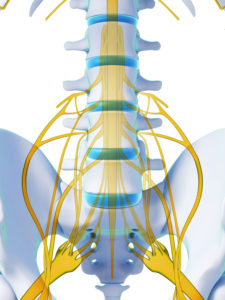 Spinal Cord Stimulation: a Deeper Look
Spinal Cord Stimulation: a Deeper Look
Spinal cord stimulation involves an implanted device that transmits mild electrical impulses to the spinal cord. As a result, the feelings of pain are interrupted, giving the patient the opportunity to enjoy pain relief without surgery in such a way that it does not interfere with activities of daily living. In the past, SCS has typically been applied in cases of chronic pain related to the trunk and limbs. Today, a new ultra-high frequency platform is showing tremendous promise in terms of relief from PDN.
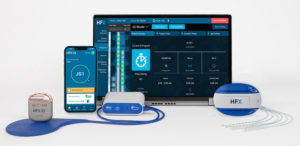
Nevro Corp. HFX iQ System
Nevro, a medical device company headquartered in California, has created HFX™, a comprehensive solution for patients struggling with chronic pain through the use of high-frequency 10 hKz therapy and a unique mechanism for potential relief of pain associated with PDN. This is the only SCS system approved by the FDA with a specific indication for PDN. This implanted device, introduced last year, has demonstrated exceptional outcomes across responder rates, pain relief, and even sensory response.
This particular application of SCS treats nerve-based pain in extremities and it potentially offers a successful treatment outcome for patients who did not find relief through oral medications. SCS is a great option for those who rely on painkillers or who worry about developing unwanted dependence on them.
“The Nevro device does a really good job compared to the pharmacological approach,” expressed Dr. Fotopoulos. “If the studies are right, in the future, it might progress to getting some sensation back, according to the studies. The goal is to eliminate the vast majority of, if not all, medications the patient is taking.”
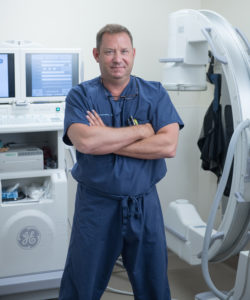 Promising Outcomes
Promising Outcomes
A trio of publications in top tier Diabetes Journals (Diabetes Care and the Journal of Diabetes, Science, and Technology) demonstrated the durability and real-world application of Nevro’s 10 kHz Therapy in the treatment of painful diabetic neuropathy (PDN) as follows:
“At 12 months, 86% of participants in the 10 kHz study arm reported pain relief >50%. After six months, 86% of participants in the cross-over arm reported pain relief >50%. At 12 months, 68% of the 10 kHz SCS treatment group had observed improvement upon an investigator-assessed neurological evaluation, and after six months with the 10kHz SCS treatment, 62% of the cross-over arm had observed improvement upon an investigator-assessed neurological examination.”
The study further indicated that high-frequency SCS “offers several advantages over low-frequency SCS, including greater pain relief, a higher proportion of patients achieving treatment success, and evidence of improved neurological function.”
Dr. Fotopoulos is enthusiastic about these results.
“The six-months and one-year data are showing tremendous response for PDN to the point where there is a return of sensation lost for some patients,” indicated Dr. Fotopoulos. “Up until this point, there has not been any really good treatments for PDN. Medications are typically prescribed but they don’t always work and often come with side effects.”
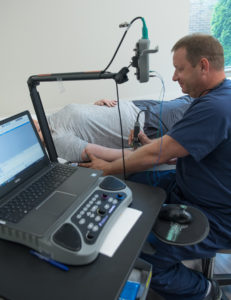 Preparing for Relief from Pain through SCS
Preparing for Relief from Pain through SCS
Prior to undergoing this procedure, potential candidates must submit to a full psychological evaluation, as required across the board by Medicare and insurance companies. Then, once approved, the patient undergoes a trial where the device is implanted and left in for five to seven days.
“I want to see a 75% improvement in relief of pain, at which time I will take the lead out in the clinic and then will schedule the implant of the permanent device two weeks after the trial period has ended,” explained Dr. Fotopoulos, who has performed hundreds of SCS procedures for patients over the years and has begun implanting the Nevro last year. Six weeks after the procedure, a follow-up appointment is scheduled, and then another one a year later, with the goal of getting the patient back to the best quality of life possible.
The device is roughly the size of a watch face. After initial implantation, the patient is instructed to reduce physical activity for about six weeks, avoiding twisting or bending and not lifting anything over 10 pounds or above the shoulder.
If you have had some treatments in the past for PDN, including taking various medications, and have not met with the desired results, this 10 kHz SCS device for patients with PDN may be a viable option, and your opportunity for pain relief may begin with an initial consultation with Dr. Fotopoulos.
“I am pretty impressed by the response of patients,” noted Dr. Fotopoulos. “If your medications are not working, then, yes, spinal cord stimulation does a good job and is an option. However, if the medications you are using are working, then don’t do anything differently.”
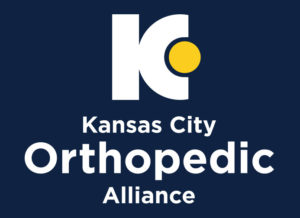
Saint Luke’s Hospital Campus Medical Plaza Building 1, Ste 610, 4321 Washington St., KCMO and at 3651 College Blvd, Leawood, KS 66211
913.319.7678 ext. 3109 | kcorthoalliance.com
